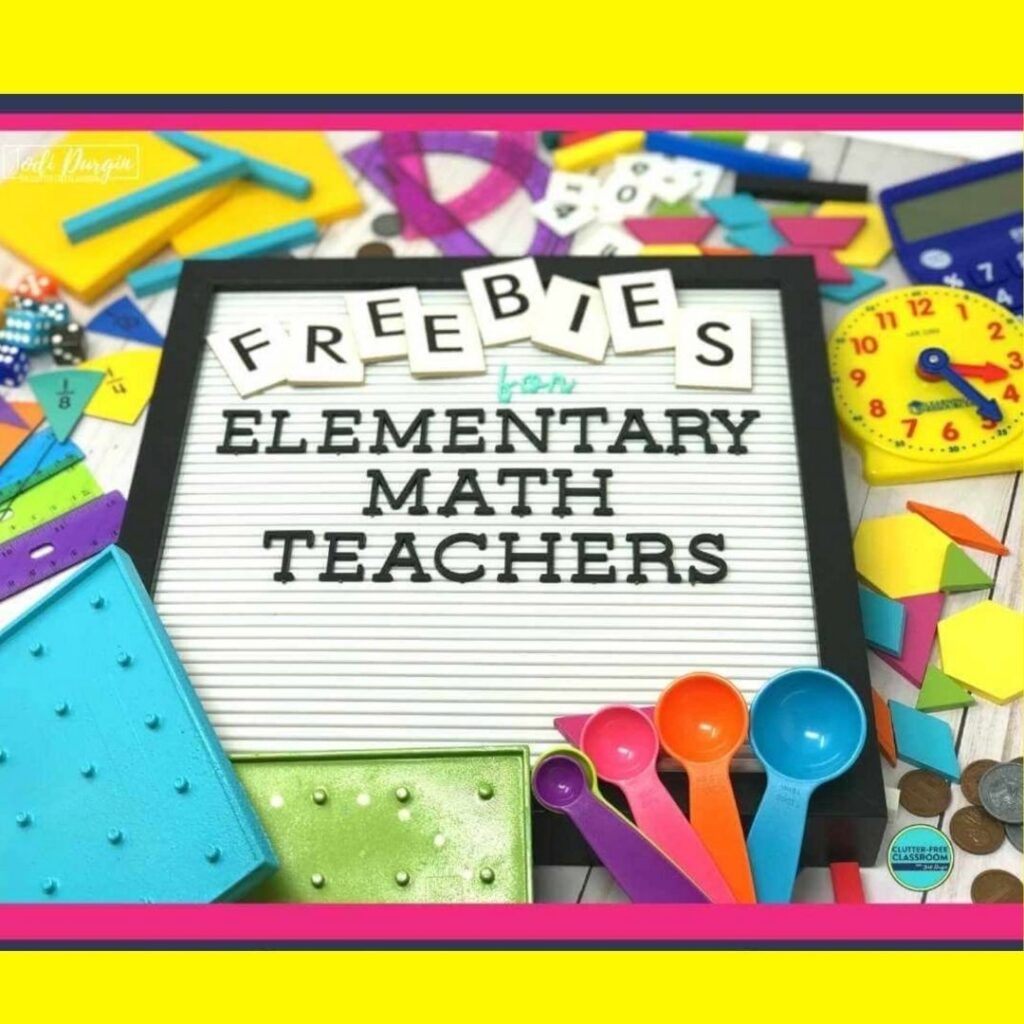Math is a great way to teach children, especially when it comes to learning basic concepts. When you are dealing with word problems, there is no better tool than elementary math.
This is because most adults don’t understand the language that is used in these types of texts. However, if you can learn how to translate an English sentence into an equation, then you will be able to easily follow along and apply the formula to other situations.
By using this method, you should be able to create a simple solution for any kind of word problem. In addition, you should also be able to see why a certain answer works.
What Are Word Problem Key Words?
Word problem keywords are words or phrases that signal which operations (addition, subtraction, multiplication, or division) are needed to solve a math word problem.
Using keywords for math word problems (often referred to as clue words and phrases) is a strategy to make sense of and solve word problems. It is the idea of training the brain to look for specific words and phrases to determine what mathematical operations are needed. Here is an example of this strategy in practice:
Erin reads the problem: Pat has 3 red shirts. He has 2 blue shirts. How many red and blue shirts does he have in all? After reading through the problem once, Erin rereads the problem but this time she is looking specifically for the clue words and phrases she has learned. She highlights or underlines the phrase “in all.” She has learned in class that “in all” signals to the reader that they need to add. This strategy has helped her make sense of the problem (which in this case means that the addition operation is needed), set up an equation (3 + 2 = ?), and solve for the answer (5 shirts).
Common Math Word Problem Key Words and Phrases
Below is a list of keywords and phrases that students can use to solve addition, subtraction, multiplication, and division word problems. If you teach the younger grades, you’ll find the list of addition and subtraction keywords helpful. If you teach the older grades, you’ll find those helpful, as well as the multiplication and division keywords.
Addition Key Words
Here are some examples of additional keywords:
- add
- altogether
- both
- combine
- in all
- increase
- increased by
- larger
- larger than
- longer
- longer than
- more
- more than
- perimeter
- plus
- sum
- together
- total
Subtraction Key Words
Here are some examples of subtraction keywords:
- change
- decreased
- difference
- fewer
- gave away
- How many more…?
- How many less…?
- left
- left over
- less
- less than
- minus
- remain
- shorter than
- smaller than
- take away
Multiplication Key Words
Here are some examples of multiplication keywords:
- area
- cubed
- double
- each
- groups
- per
- product
- quadruple
- rows
- squared
- times
- triple
Division Key Words
Here are some examples of division keywords:
- average
- divide
- each
- equal group
- fourth
- half
- quarter
- quotient
- ratio
- share
- separate
- split
- third

Limitations of Using Keywords to Solve Word Problems
When students are learning how to solve word problems, it is beneficial for them to be exposed to, directly taught, and given practice with keywords (also sometimes written as word problem keywords or keywords for math word problems). However, students need to understand that problems can be solved in many different ways. This is just one tool in their toolkit. It is not always the most effective strategy to solve a given word problem. For example, students should not be trained to always subtract when they see the word less because they could use a missing addend from addition to solving. This strategy should be used along with other strategies (e.g. visualization). As students progress through their math education and come across more challenging word problems, this strategy will become less effective. As a result, your students need to be equipped with an abundance of diverse strategies.
When you’re solving a problem with words, it’s important to know how to use your keyword. If you don’t, you might end up getting stuck in an endless loop of trying different combinations until you can finally come up with the right answer. This article will help you understand what makes up the solution and why certain keywords aren’t always effective.
Two main parts make up a solution to a word problem. The first part is the question, and the second part is the answer. When you are looking for answers, you need to focus on the questions. You should be thinking about the meaning of each of the words in the sentence. For example, if you were asked “What does this mean?” then you would have to look at all of the individual letters.
Once you’ve identified the meaning of every single letter, it’s time to start working out what the answer to the whole thing could be.
You can also try to eliminate some of the possible solutions by figuring out the most likely one. For instance, if you read the phrase “the quick brown fox” and thought that the fox was going to run away from the house, then you wouldn’t think of the other possibilities.

